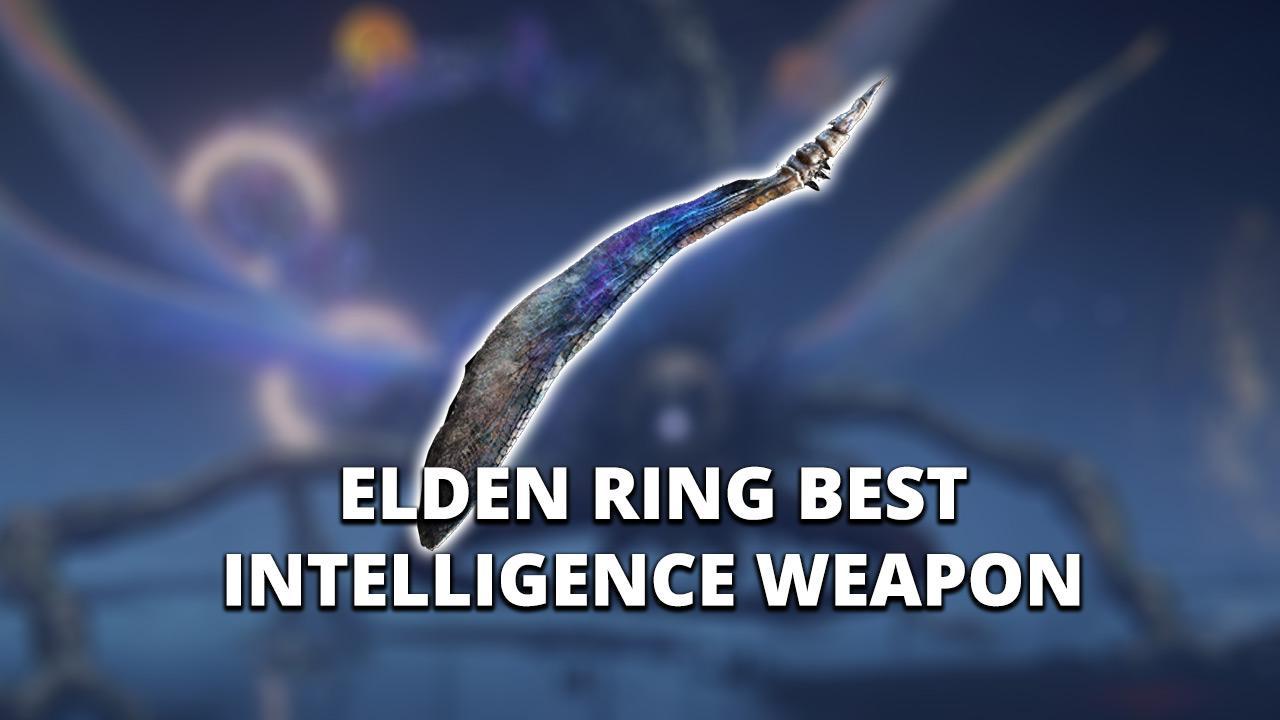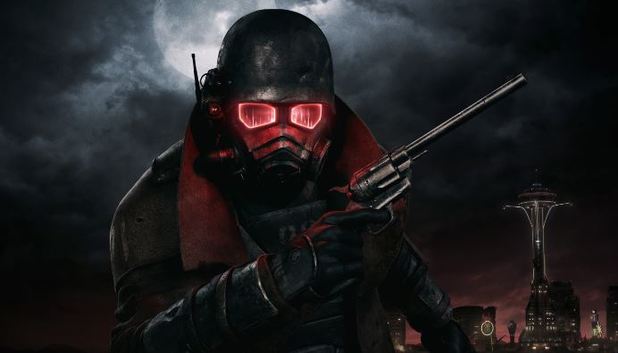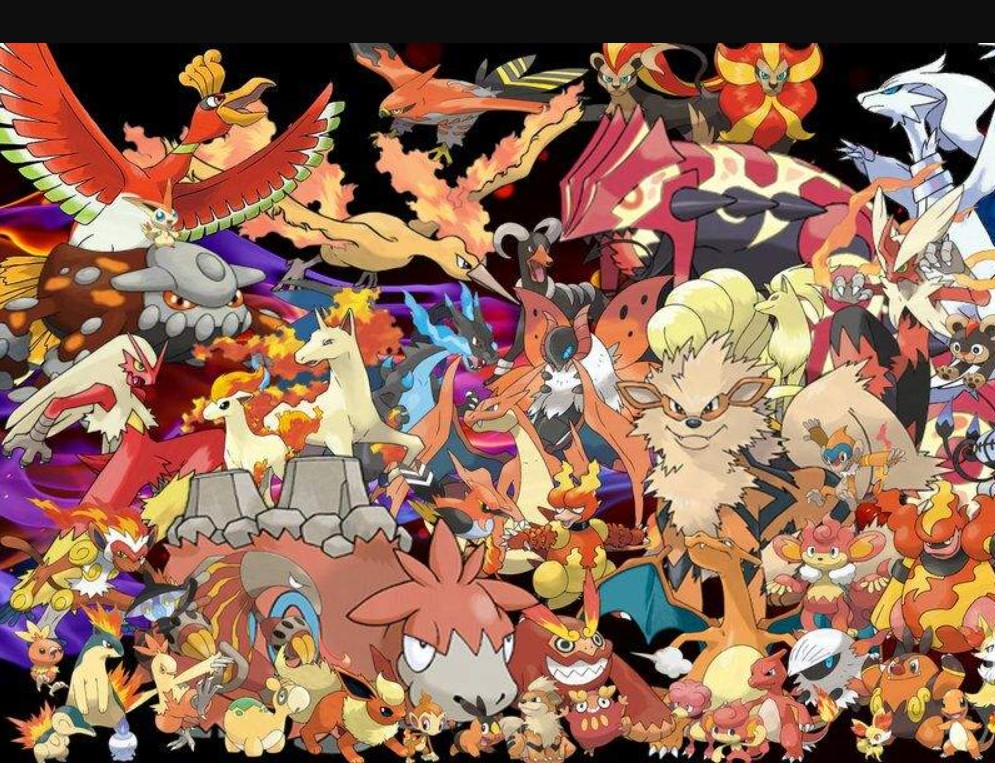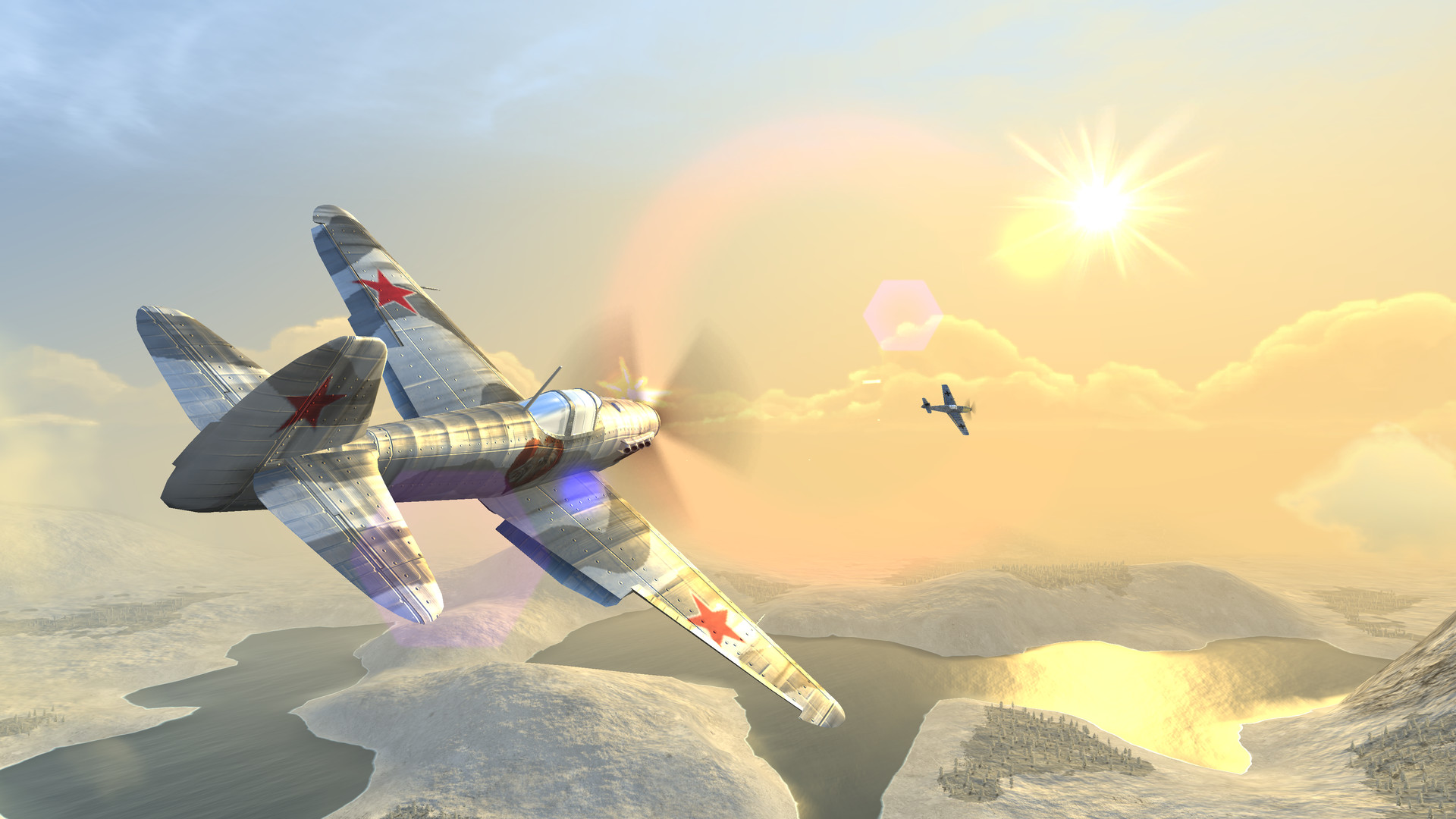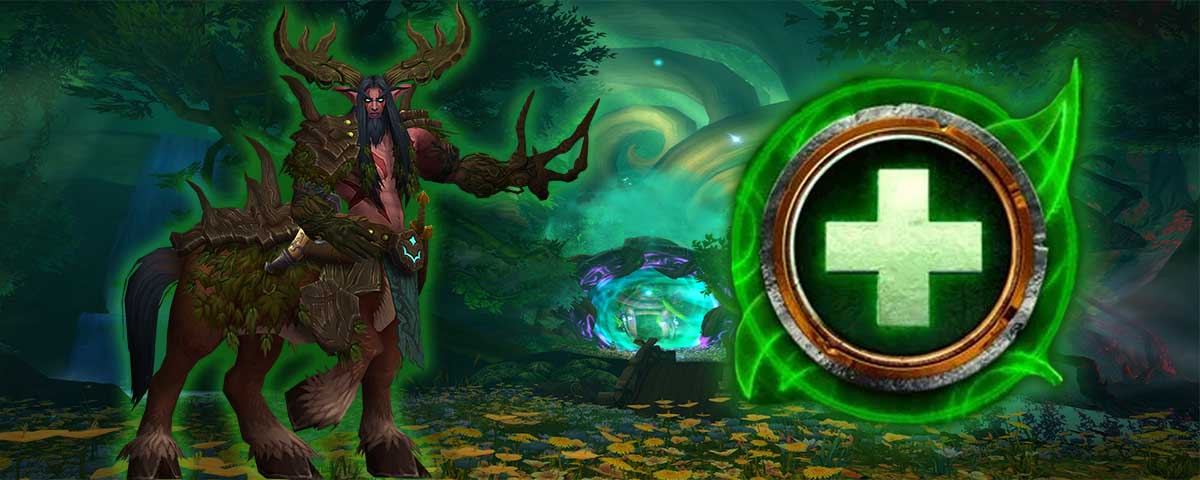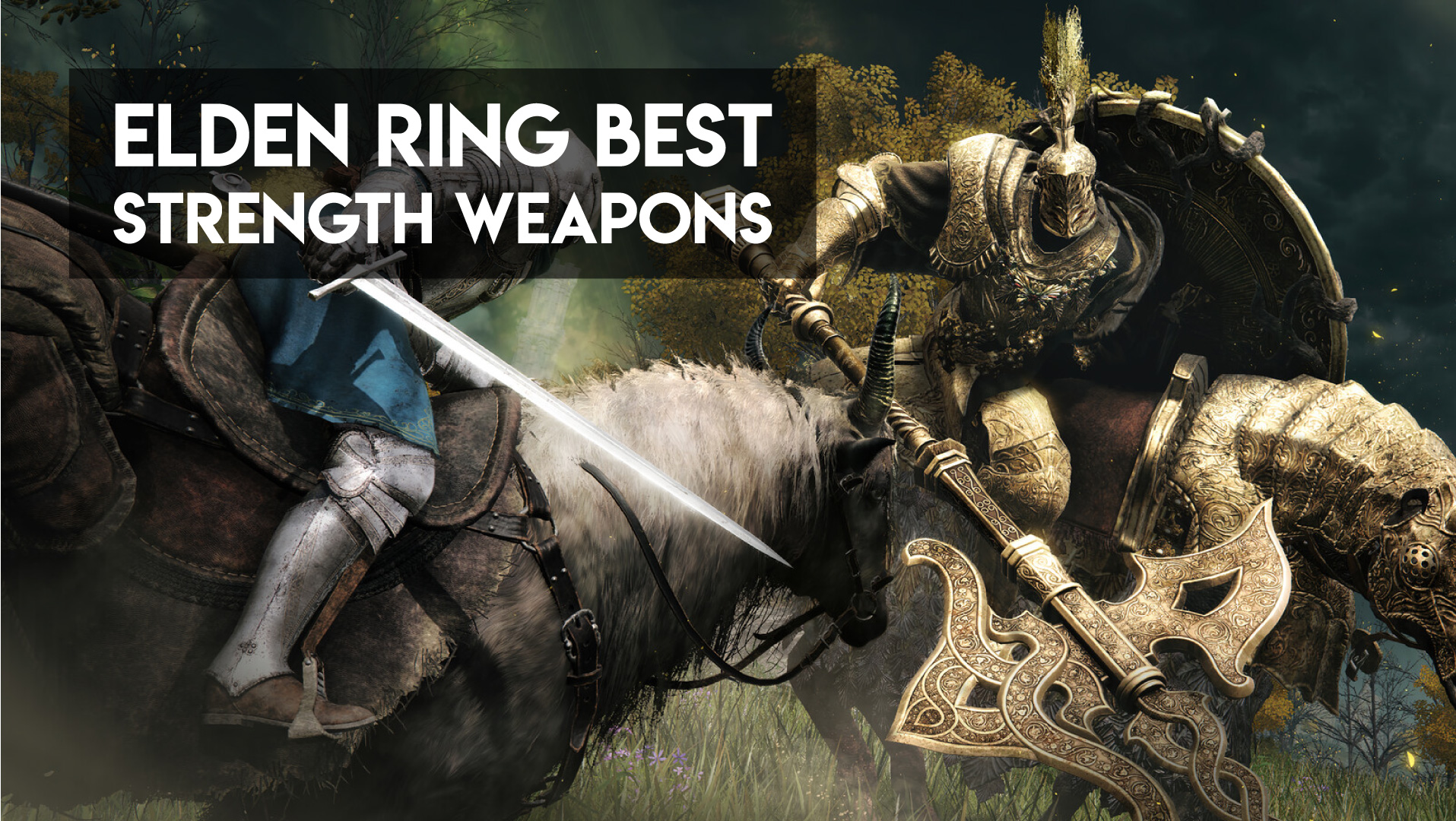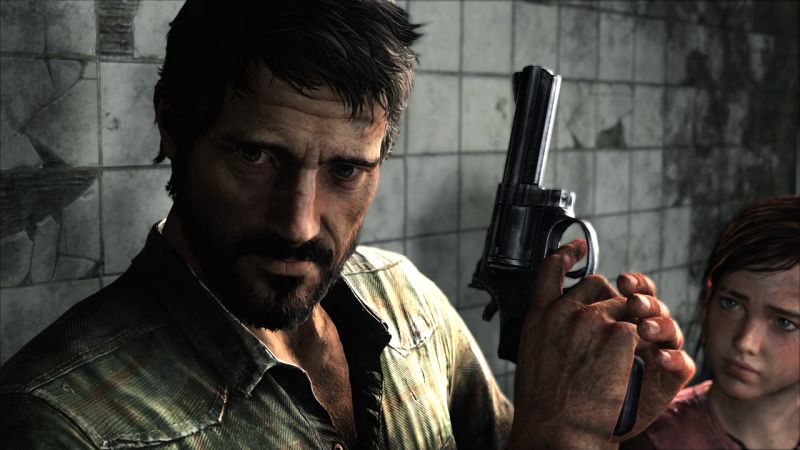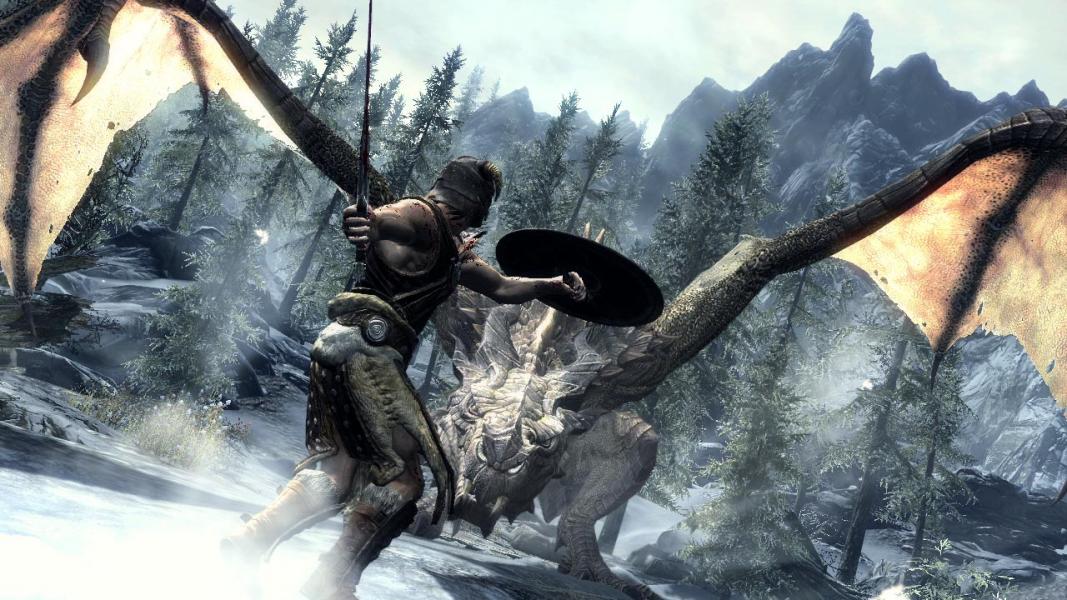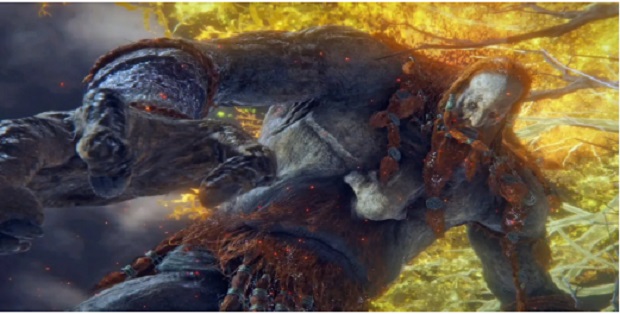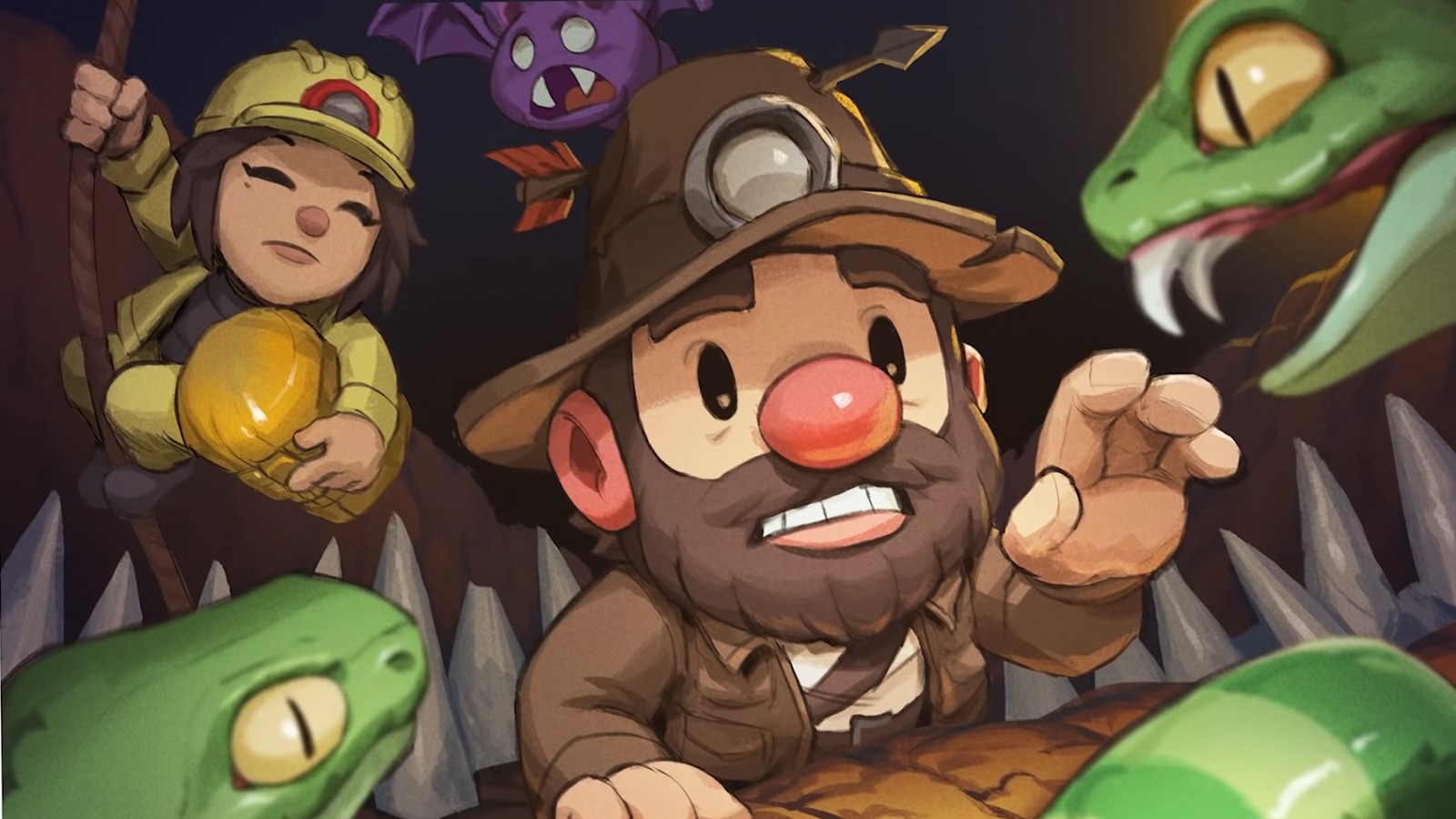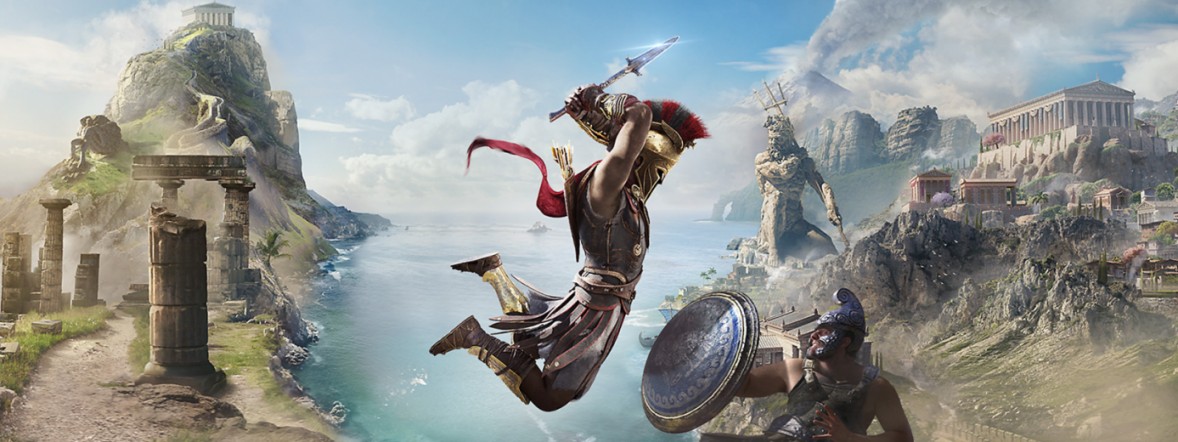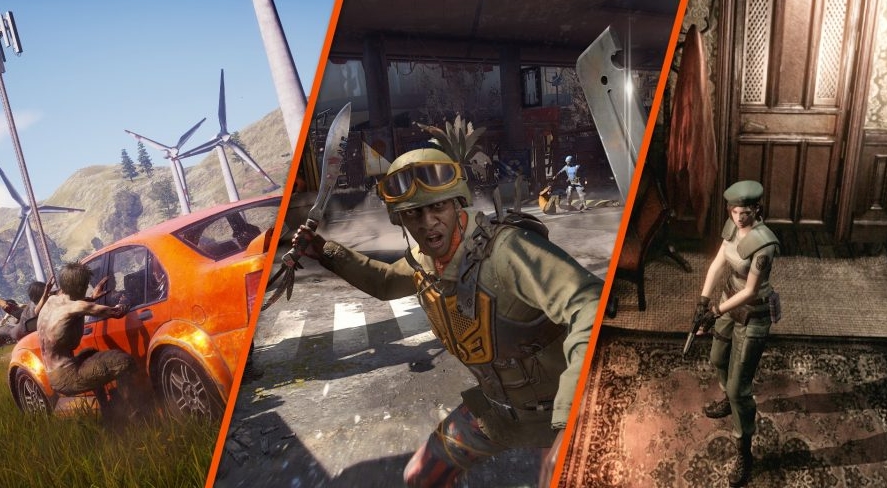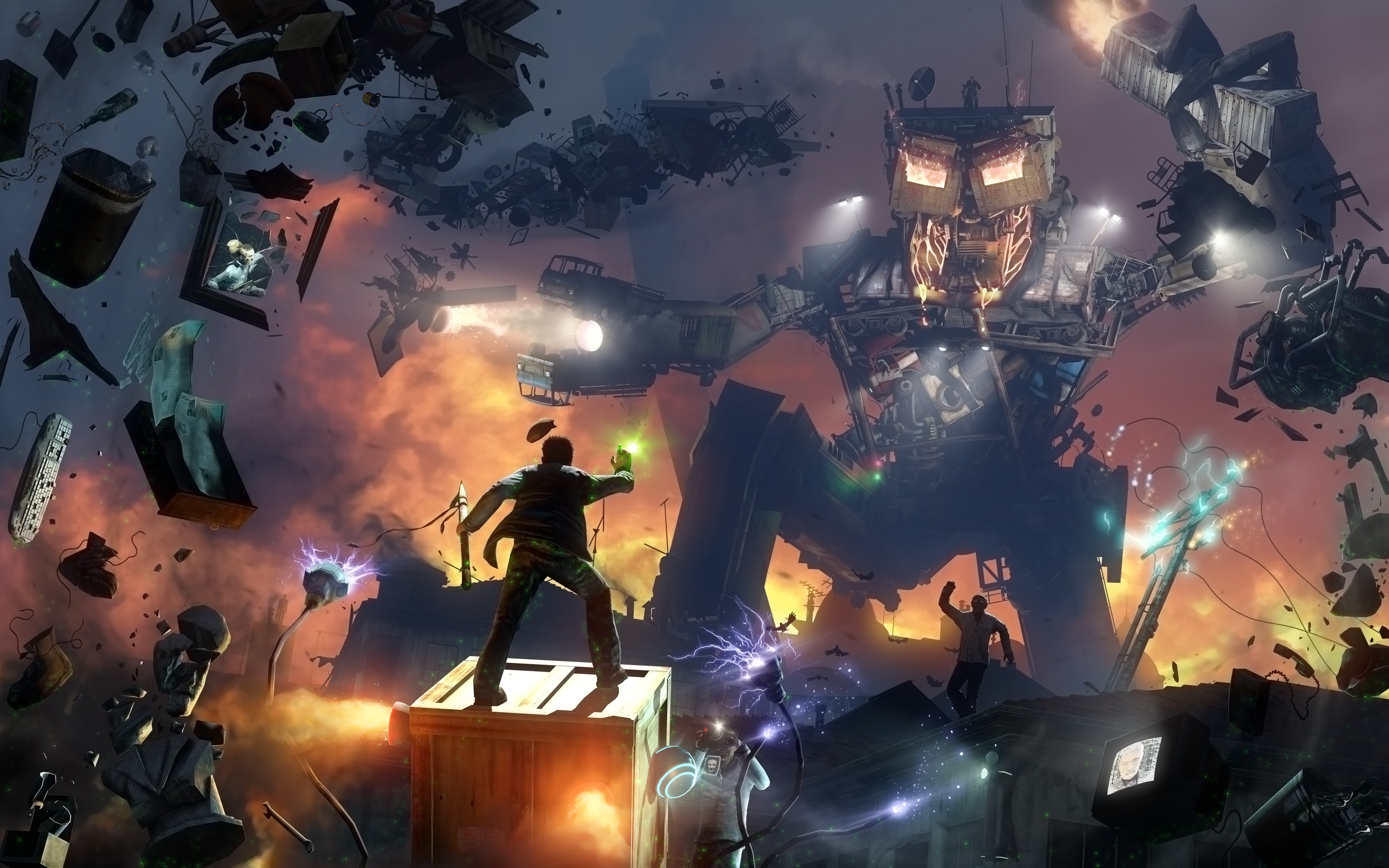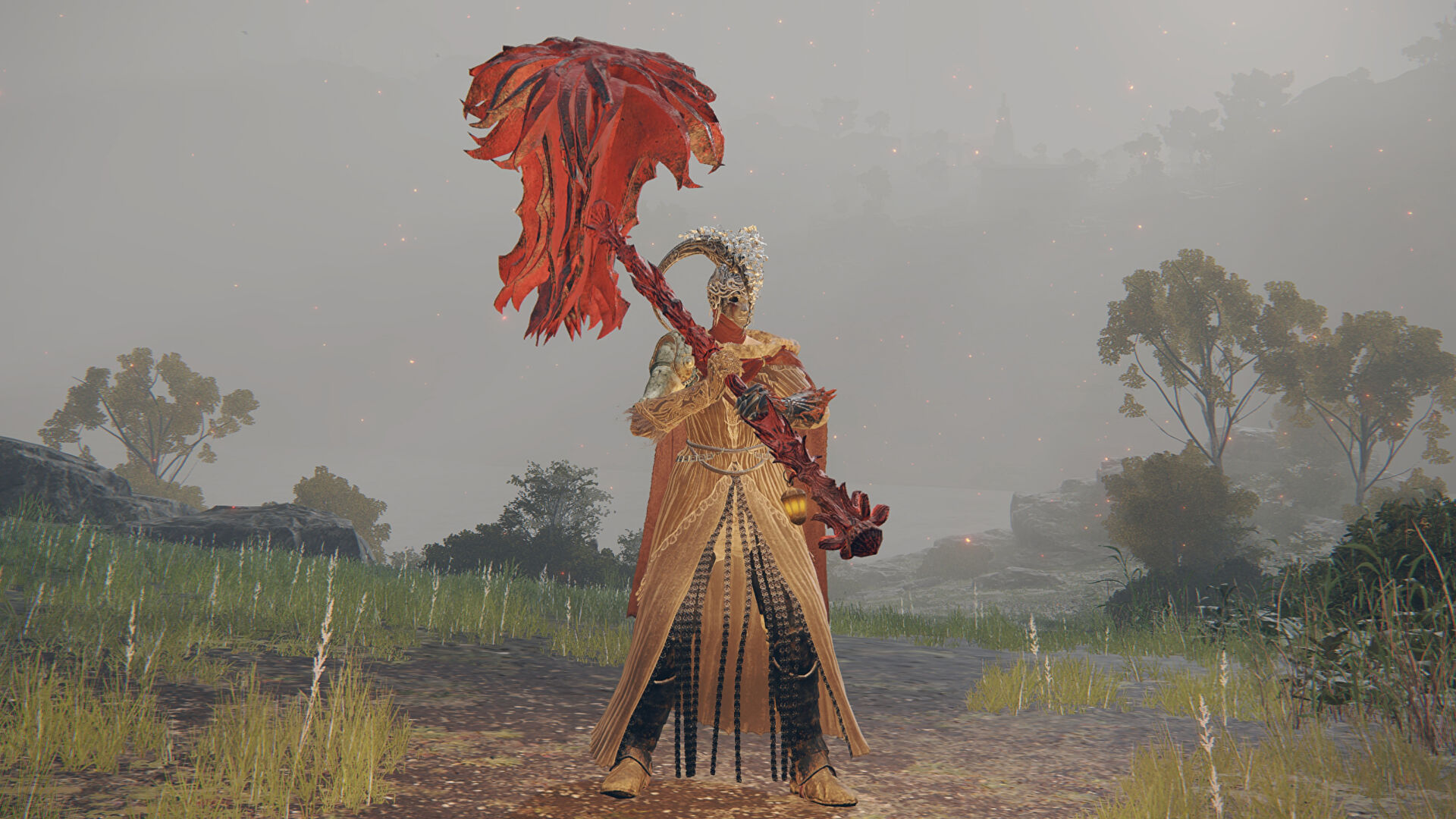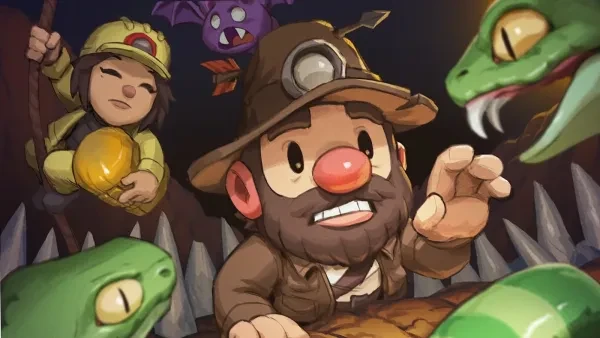
The difference between roguelike and rogue-lites is, quite frankly, pedantic. However, plenty of nerds (i.e., me) often like to needlessly debate over what makes a “true” roguelike because we have downtime from yet another permadeath in one of our gaming sessions.
So, while reading this article, do not take this as an attack on either genre of game. Games are about having fun, and you decide whether or not the sadism of old school roguelikes is your jam.
Nevertheless, knowing the differences is still pretty handy for finding out what kind of games you like within the genre.
Before that though, here are the core elements that all roguelikes and roguelites share:
- Procedurally Generated Levels
- Death puts you back at the beginning of the game
- Encourages exploring of areas for loot
Now that that’s out of the way, let’s go to the list!
Death Doesn’t Suck as Much In Roguelites

Oh dear, that isn’t good, is it?
In a rogue-lite, you take something new with you in your next run. This can be items, skills, or in-game currency that you can use to buy items and skills. You might die, but you don’t start from total scratch.
Roguelikes, on the other hand, do not care about your hard work or feelings. When you die, you’re dead. No backsies, start over and try again!
Rewards Are Handed Out More Often in Roguelites
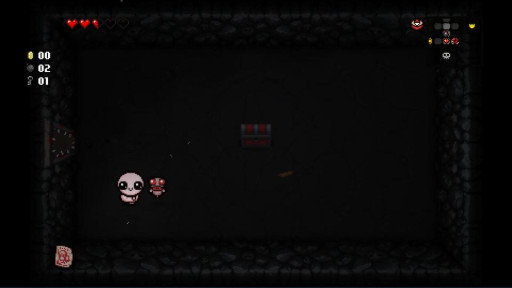
A rare smile from our boy!
In a rogue-lite, in addition to tangible rewards even after death, is the abundance of items that help make the game easier. The more you play in a rogue-lite, the more progress you make towards new areas, characters, and skills. Of course, easy for rogue-lite is still really hard for most other genres.
Roguelikes do not care about that. They will give rewards as it deems fit. Some rogue-lites actually get rather close to being classic roguelikes due to how pointless the “progress” you make after every death is.
Roguelites Don’t Have as Many Weird Difficulty Spikes
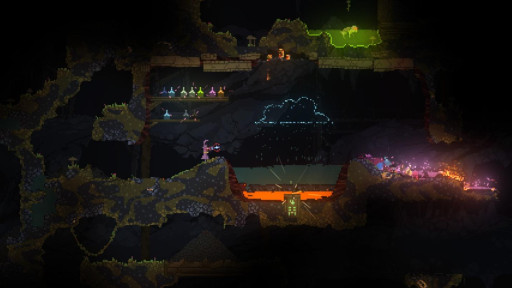
Who need pickaxes?
Many roguelikes are from the 90s, and despite being a golden age for video games in many ways, they also did not give a single check about the player.
A player could breeze through a level then suddenly find themselves hitting a wall. In these cases, the wall usually ate the player. Incredibly difficult sections for mundane parts of the game were pretty common in roguelikes.
Rogue-lites are a lot more streamlined and offer clear indicators of when you can rest and when you need to be in the zone.
Rogue-lites Lets You Control More than One Character at a Time
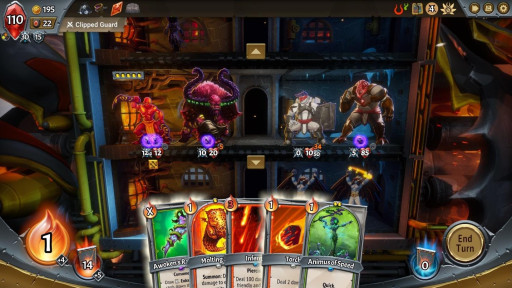
Behold the power, of TWO characters!
Roguelikes are strictly one character and that’s it. You might have a pet or familiar, may be an ally, but you only have full control of your character.
Roguelites are more flexible, with some even letting you take control of a party of multiple characters in a single playthrough. Darkest Dungeon lets you build a team of four adventurers who you can control individually on dungeon crawls.
Rogue-lites are More Likely to Have Plot
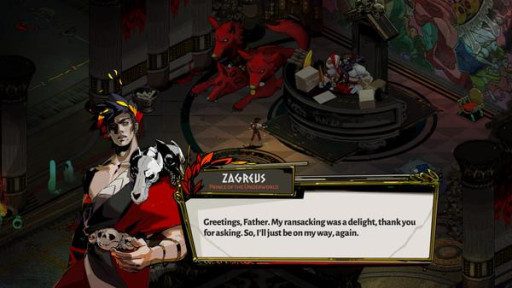
Me back in highschool explaining why I’m home at 12am
The truth of the matter is, it’s hard to tell a cohesive and deep narrative if you are expected to die over and over again. For this reason, most roguelikes usually just have a super basic “Find the thing!” plot, and the gameplay loop is the main draw.
On the other hand, rogue-lites offer tangible progress even after death, and this means they can still tell a story without sacrificing immersion. This is best seen in the game Hades, where every death actually progresses the plot.
Roguelites aren’t Just Turn-Based

Pretty ways to die!
Traditional roguelikes are almost always turn-based combat systems. This is the bread and butter of classic roguelikes, and it’s certainly a classic for a reason.
Roguelites offer a whole host of different gameplay styles. From Real-Time Strategy to Platformers, rogue-lites offer a lot of variety so that every gamer can find something they like.
Roguelites Aren’t Just Top-Down Affairs
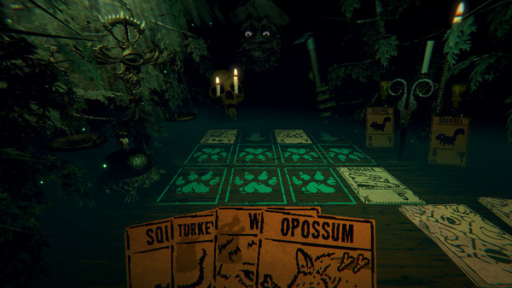
Really wish I wasn’t in first person right now.
The classic roguelikes are played from a top-down perspective. This lets you have a view of the terrain, monsters, and items. From there, you would delve deeper until you either win or die.
Roguelites still use top-down perspectives, but there have also been third-person shooters and platformers that utilize roguelike elements such as Risk of Rain 2 and Spelunky.
Roguelites are Not Limited to a Grid
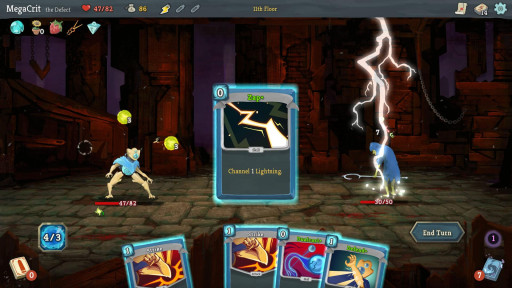
Shocking. *audience claps and I get a raise for an original joke*
Classic roguelikes were on a set grid, with each tile representing either an item, terrain, or enemy. Everything moves along this grid, and even moves are considered “turns”.
Roguelites don’t really care about that and can be whatever environment they wish.
Roguelites are Not All Strategic

Every game is better with a grappling hook.
Roguelikes, by their very nature, require a lot of deep thought and planning for every trek. You can’t just speed through a dungeon and expect to clear it. The gameplay loop doesn’t lend itself to that.
Roguelites, on the other hand, can be all about your reflexes. Games like Dead Cells and Wizard of Light may need some light strategy, but what’s important is how fast you are at killing enemies and not getting killed yourself.
Roguelites Let You Save (Sometimes)
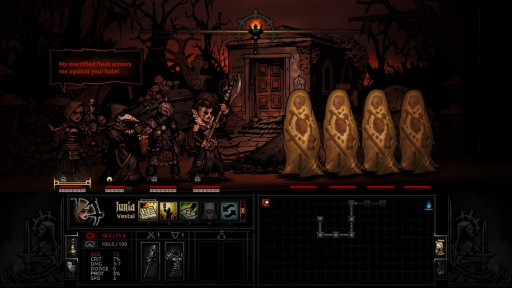
I don’t think any flesh, no matter how mortified, can resist that much acid.
For obvious reasons, manual saving isn’t a thing for most rogue-lites because that kind of ruins the point. However, there are autosaves present in some rogue-lites so that you don’t feel completely lacking in progress. For example, Darkest Dungeons, regardless of how good or bad your dungeon run was, will always autosave after each run.
Roguelikes do not do this. There is no saving because you aren’t expected to save anything except maybe the princess at the end of your adventure.
Conclusion
Overall, the differences between roguelikes and rogue-lites are based on tradition. If you like that classic gameplay loop that the genre namer, Rogue, offers its players, go for roguelikes. Otherwise, almost every popular “roguelike” is actually a rogue-lite, so you aren’t wanting options there.
That being said, if you call Hades a roguelike, it really isn’t the end of the world. This article is more about teaching people what roguelike’s most traditional definition is.

